Clarified butter is easy to make with this method to remove the milk solids from regular butter. Once you make clarified butter, you can store it for longer than regular butter and it doesn't go bad as fast, even at room temperature. It can also be used in cooking and baking because it has a higher smoke point than regular butter.
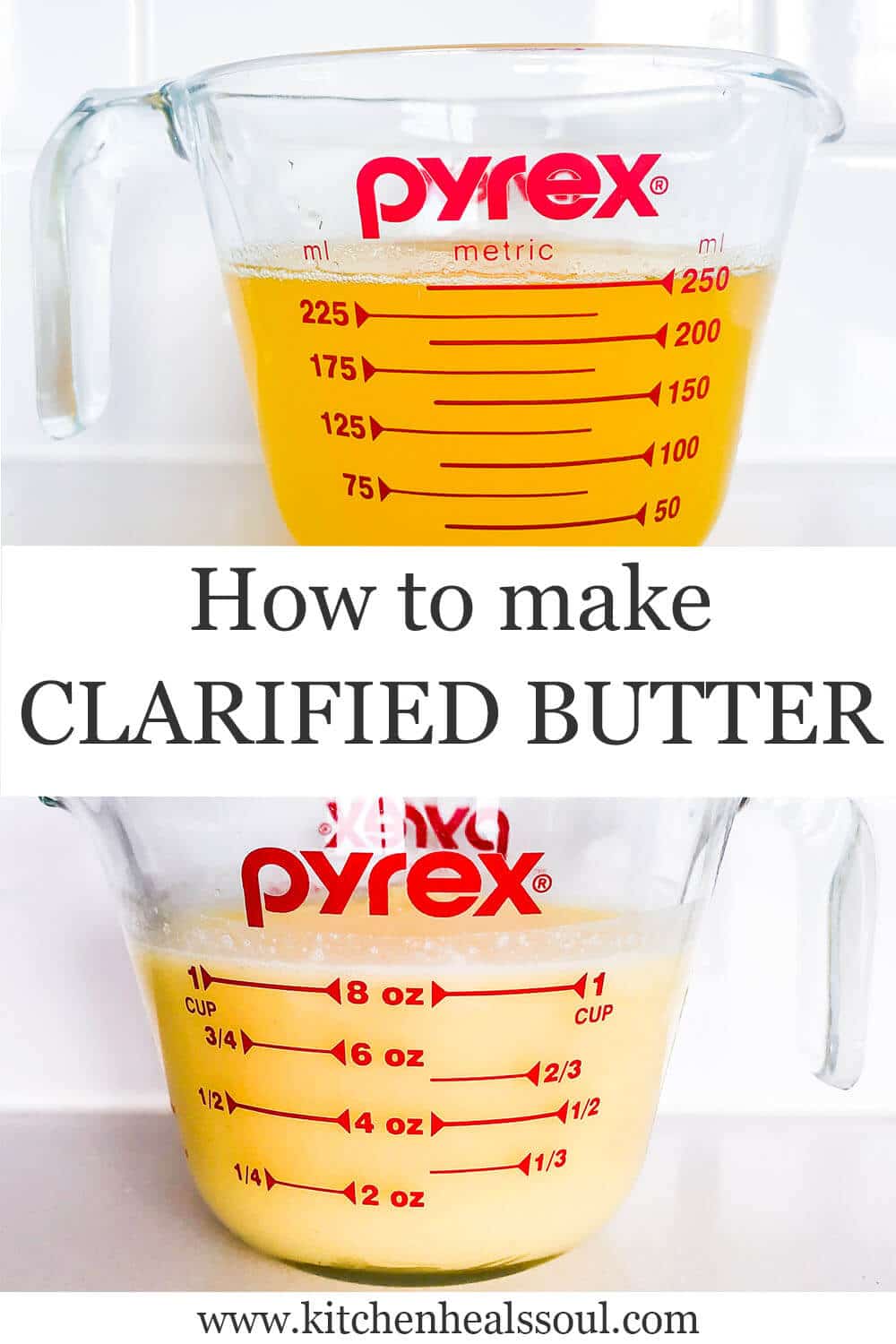
Jump to:
What it is
Remember butter is roughly 80% fat, so there's still 20% to account for. The rest is made up of water and milk solids mostly. And while we know that oils and water don't mix, butter is actually an emulsion of animal fat and water, and they are mixed together to form a very smooth texture and an even mixture.
Clarified butter has a higher fat content per gram than regular butter. Clarified butter solidifies just like regular butter when cooled, though the texture is more granular and less supple, probably due to the lack of water.
How it's made
When you heat butter, it melts, and the emulsion will break down meaning the water and milk solids separate from the fat.
Clarified butter is made by melting butter in a saucepan and heating it up enough that the water evaporates and the milk solids separate. These solids can be removed with a spoon and also filtered out using a strainer and a cheese cloth to filter the melted butter and catch the solids. The resulting clear, golden liquid is clarified butter.
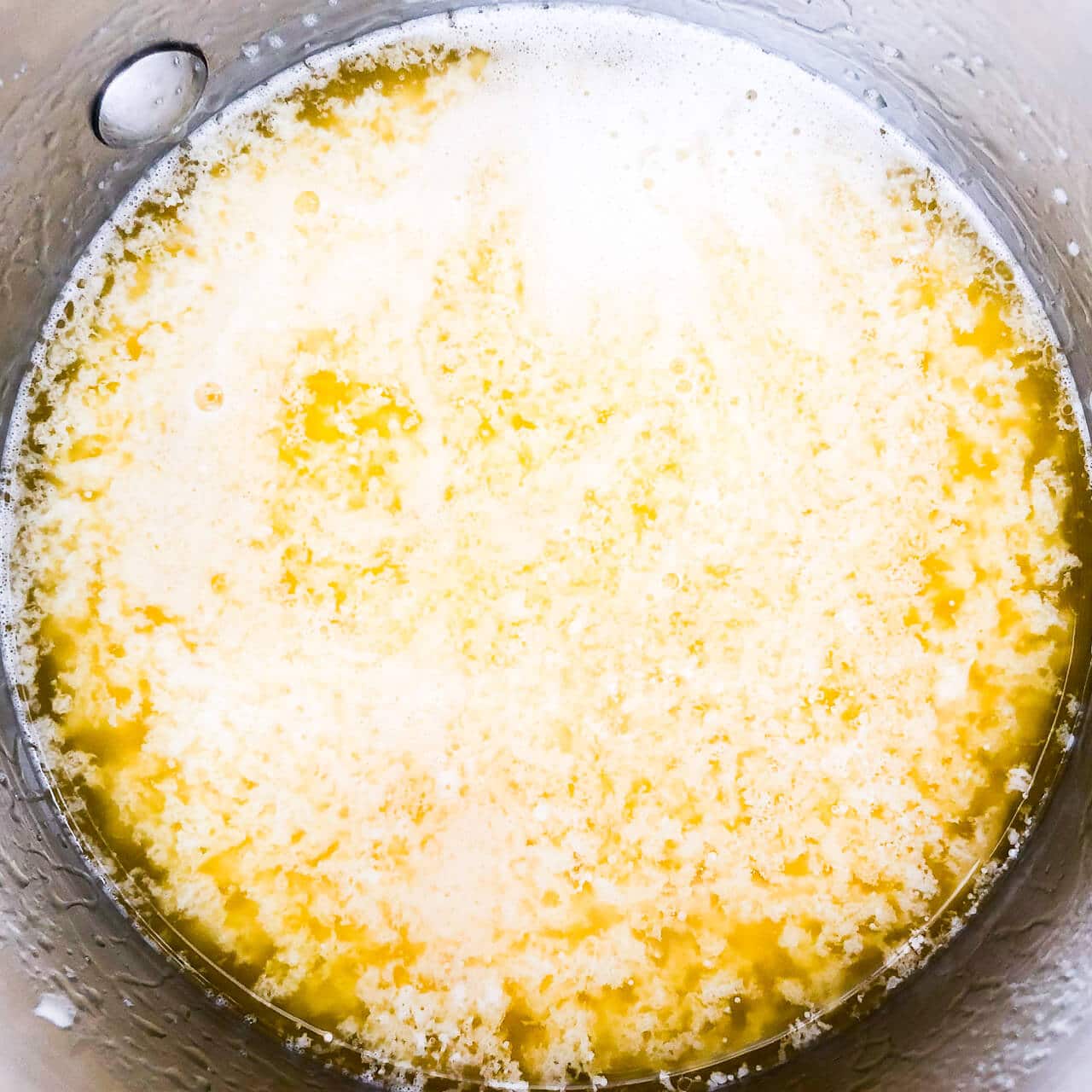
The difference between clarified butter and ghee
Ghee is also made by melting butter in a saucepan and heating it up enough to evaporate off the water. The milk solids separate from the hot melted fat, just like for clarified butter, but when you make ghee, you continue to heat the butter until the milk solids brown and caramelize, forming aromatic compounds that have a nutty taste and smell. The melted brown butter is strained through a cheesecloth to remove the browned milk solids and the resulting melted fat collected is called ghee.
Ghee is used in Indian cuisine as well as North African and Middle Eastern cuisines. Clarified butter is also used in North African and Middle Eastern recipes. While the two types of butter are very similar, the flavour is quite different because clarified butter has a distinct dairy flavour while ghee has a nutty flavour.
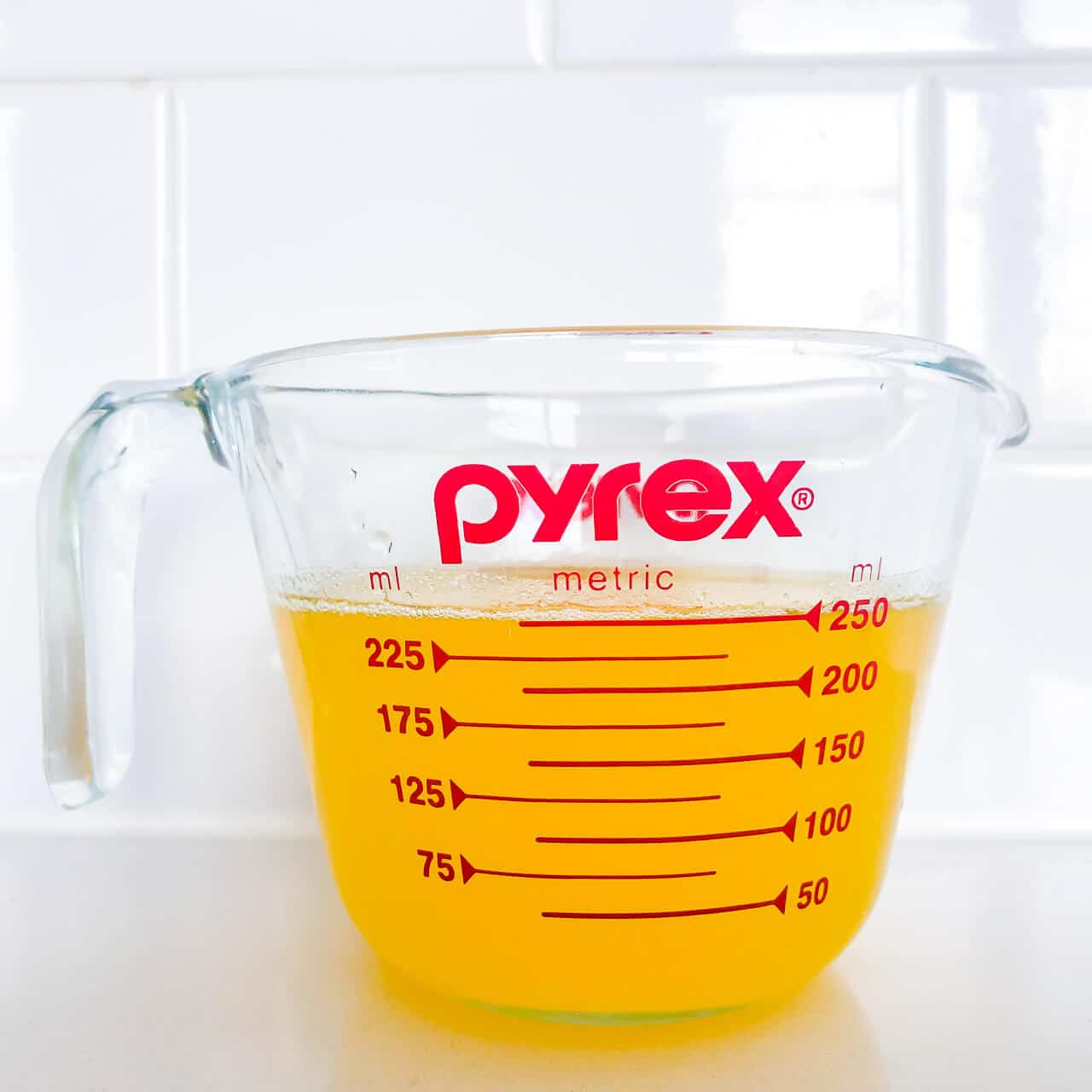
Why cook or bake with clarified butter instead of regular butter
- Clarified butter has a higher smoke point, meaning that you can heat it to a higher temperature without it breaking down or smoking/burning
- Since the milk solids are removed from clarified butter:
- it has a delicate dairy flavour but there's no risk of browning it when heated. Remember browned butter is made by heating butter until the milk solids caramelize, creating a nutty flavour.
- it has a longer shelf life and is less prone to spoiling, which is a good thing in the warmer countries that tend to favour it over regular butter
- Clarified butter has less water than regular butter. This means when you use it to make shortbread, the shortbread will be more rich and tender, and less gluten will form when you make a dough with clarified butter. These Egyptian shortbread are made with clarified butter
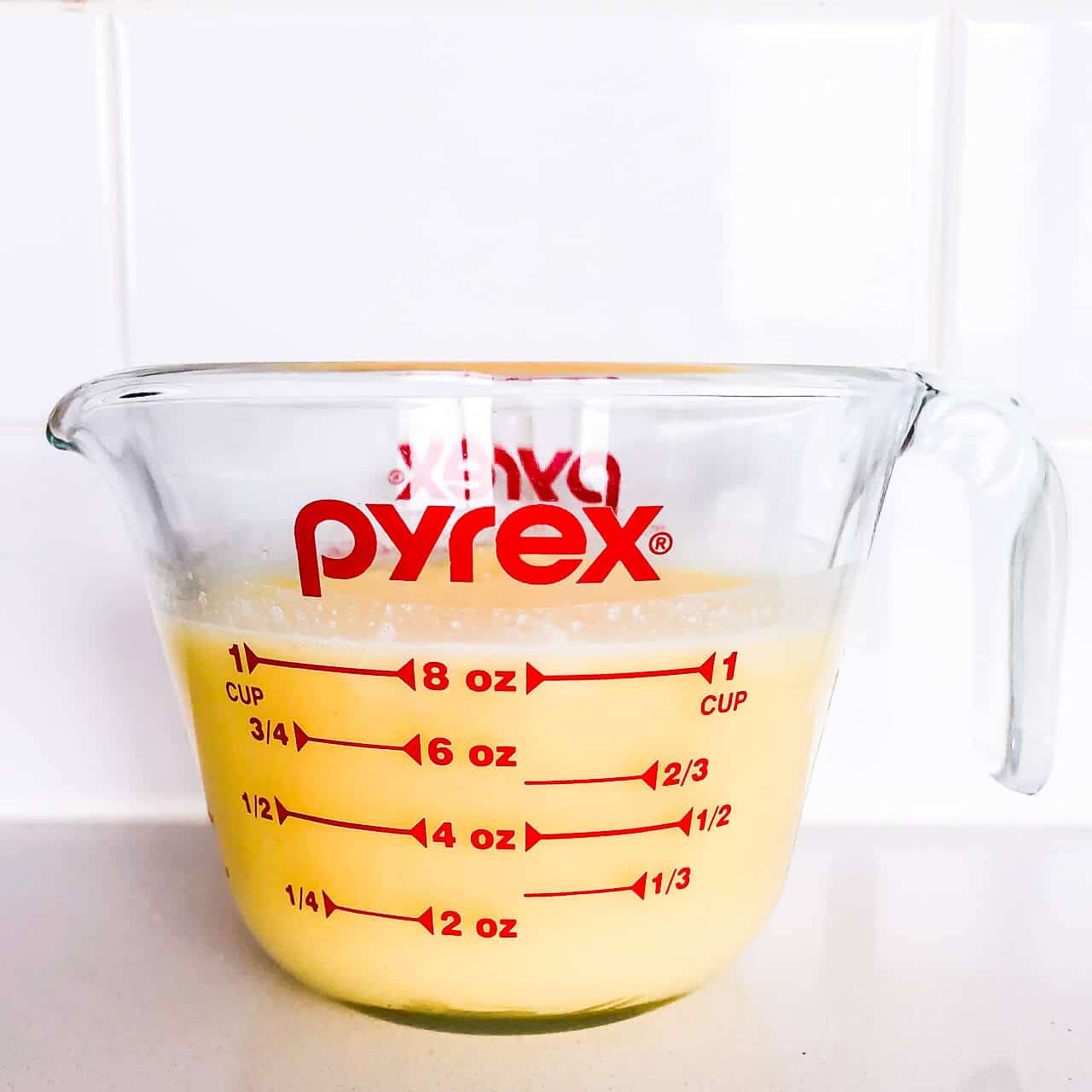
Why cook or bake with ghee instead of regular butter
- Ghee has a higher smoking point, meaning that you can heat it to a higher temperature without it breaking down or smoking/burning
- Ghee has a nutty flavour. Remember brown butter is made by heating butter until the milk solids caramelize, creating a nutty flavour. Those caramelized milk solids are removed, but the flavour is infused in the fat just the same.
- Ghee has less water than regular butter. This means when you use it to bake, the recipe will be more rich and tender, and since formation of the gluten network requires water, less gluten will form when you work ghee into a recipe with flour.
- Ghee has a longer shelf life and is less prone to spoiling, which is a good thing in the warmer countries that tend to favour it over regular butter
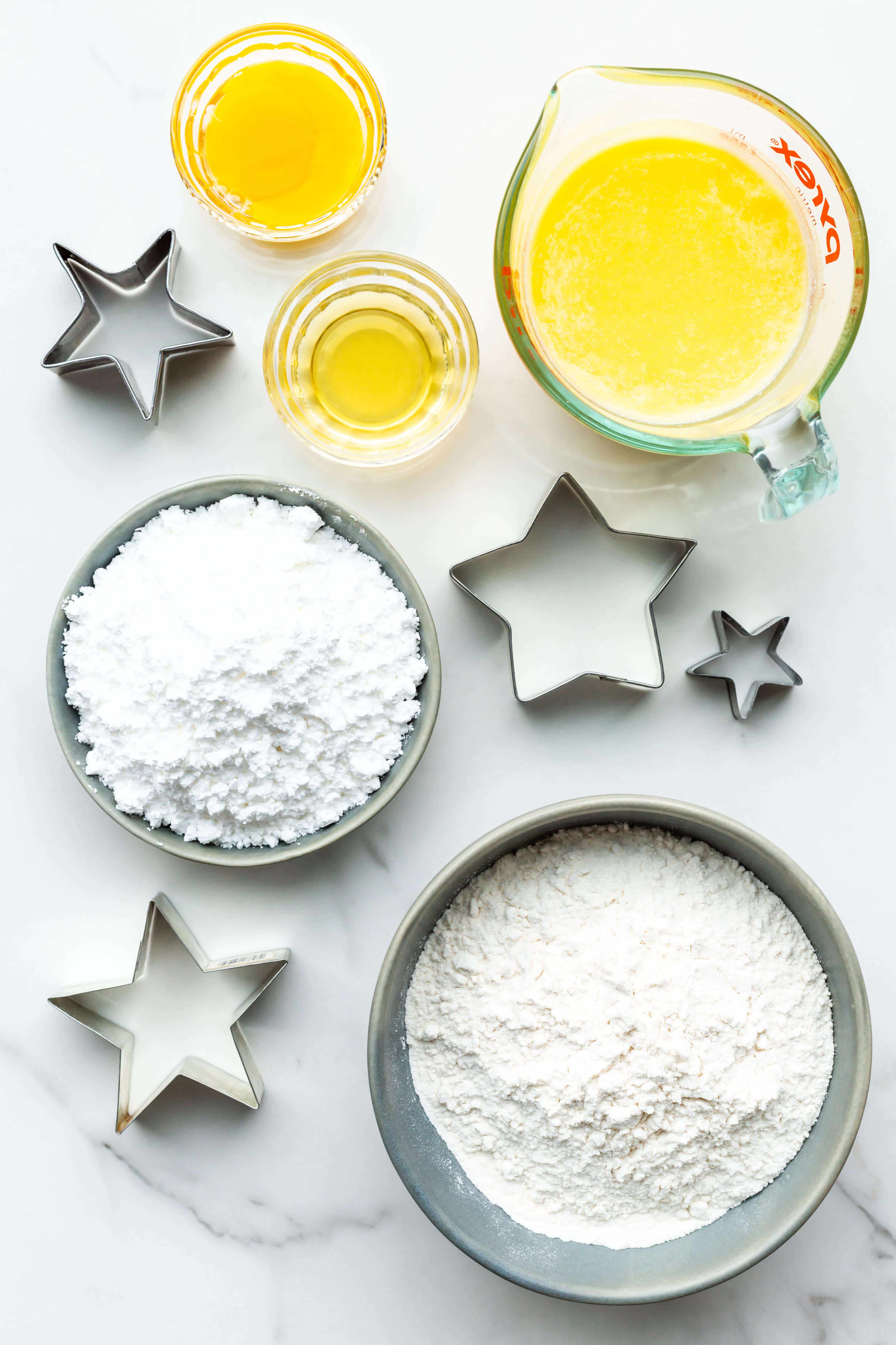
Making clarified butter is easy: all you have to do is heat it up so that it melts, then you skim the milk solids out, while also slowly evaporating the water.
Baking tip
If you need 1 cup of clarified butter for your recipe, start with at least 300 grams of butter (1-⅓ cups), which should yield 200 grams (1 cup) of clarified butter when you are done!
📖 Recipe
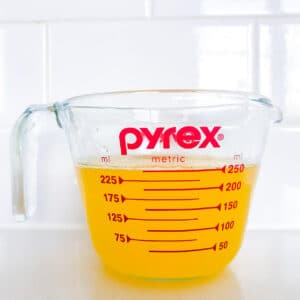
Clarified Butter
Equipment
Ingredients
- 305 grams unsalted butter
Instructions
- Place a strainer over a deep bowl and line the strainer with a few layers of cheesecloth. Set aside for later.
- In a small saucepan, heat the butter on medium–low until it is melted.
- Once it's melted, you will notice the milk solids will separate from the golden, clear melted fat. Using a small spoon, skim off the milk solids and place them in a little bowl on the side.
- Continue heating the mixture, stirring occasionally and skimming off the white milk solids as they form. The butter may begin to sizzle/boil. This is because the fat has reached the boiling point of water and so the water will begin to evaporate. That's what we want!
- Once you've cleared off as much of the foam and milk solids as possible, pour the hot clarified butter over the strainer to remove any last milk solids. The golden liquid you collect is the clarified butter.
- Store clarified butter in an airtight container at room temperature for a few days, or in the fridge for longer periods.

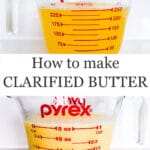
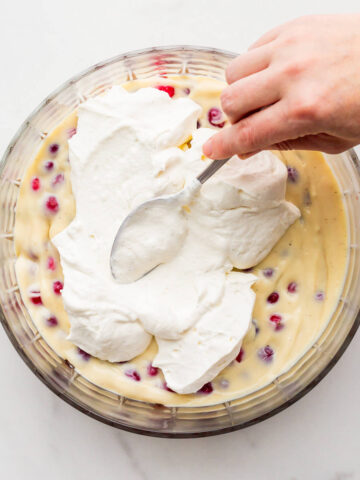
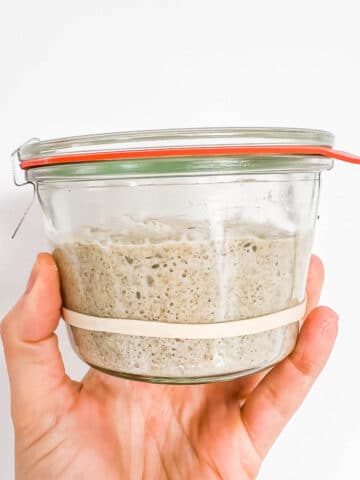
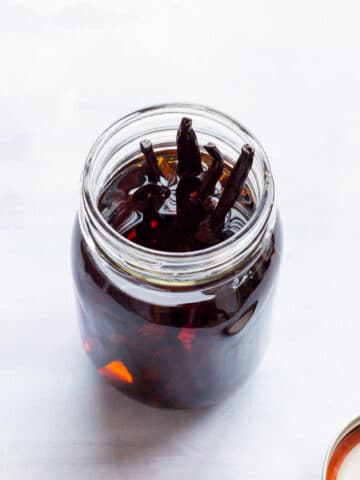
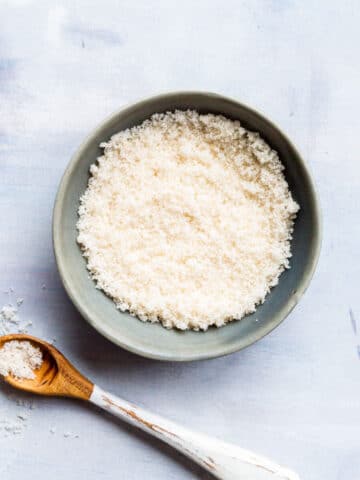
Leave a Reply